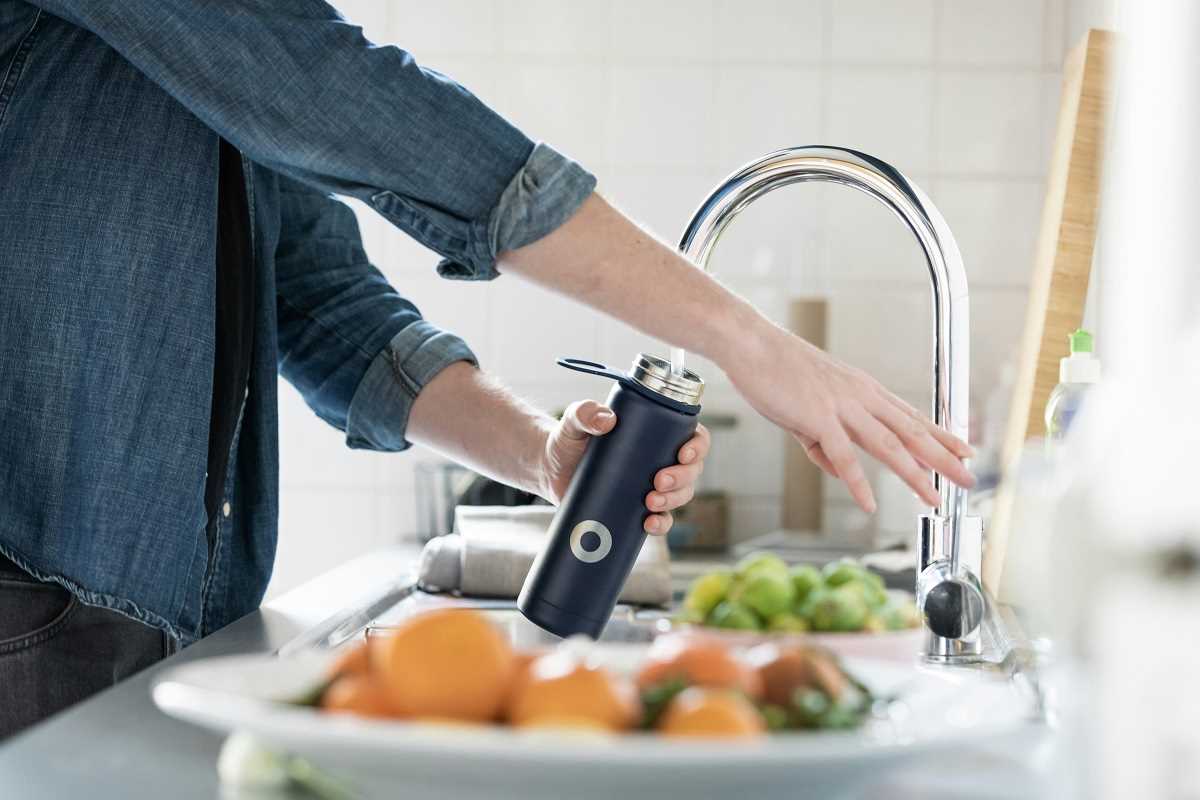Your environment speaks to you constantly through your five senses, and your brain listens intently to every message. The soft glow of morning light, the gentle hum of rain, the warmth of a cozy blanket—these sensory experiences don't just happen around you; they actively shape your emotional state and stress levels throughout the day.
Research from the Stanford Center for Compassion and Altruism reveals that sensory inputs directly influence your nervous system, triggering either stress responses or relaxation states within seconds of exposure. This means you have remarkable power to influence your mood and mental well-being simply by making intentional choices about what you see, hear, touch, taste, and smell.
You'll discover evidence-based sensory wellness techniques that can transform your daily experience from overwhelming to optimizing. These practical hacks work by activating your parasympathetic nervous system—your body's natural relaxation response—while reducing cortisol levels and promoting the release of mood-boosting neurotransmitters. The path to a calmer mind and happier mood may be as simple as adjusting what surrounds you.
The Science Behind Sensory Wellness
Your brain processes sensory information through complex neural pathways that directly connect to emotional and stress response centers. When you encounter calming sensory inputs, your vagus nerve—the longest cranial nerve in your body—signals your brain to shift into rest-and-digest mode, lowering heart rate and blood pressure while promoting feelings of safety and well-being.
Dr. Rachel Herz, a neuroscientist at Brown University, explains that sensory experiences bypass rational thought processes and trigger immediate emotional responses. This explains why the scent of lavender can instantly relax you or why harsh fluorescent lighting can make you feel on edge without conscious awareness.
Studies published in Environmental Psychology demonstrate that people who intentionally optimize their sensory environment report 40% lower stress levels and significantly improved mood scores compared to those in unmodified spaces. These benefits occur within minutes of sensory adjustments, making this approach both effective and immediately accessible.
Visual Wellness: Calming Your Eyes to Quiet Your Mind
Your visual environment profoundly impacts your mental state through direct connections between your optic nerve and emotional processing centers in your brain. Making strategic adjustments to what you see can create immediate shifts in mood and stress levels.
The Psychology of Color Therapy
Color psychology research shows that different hues trigger distinct psychological responses. Cool colors like blues and greens activate your parasympathetic nervous system, promoting relaxation and mental clarity. Studies from the University of British Columbia found that blue environments enhance creative thinking by 41% while reducing cortisol levels.
Calming Color Strategies:
- Incorporate soft blues in your bedroom or office space through paint, textiles, or artwork
- Add green plants to your living areas—research shows that viewing greenery for just 40 seconds improves focus and reduces mental fatigue
- Choose warm, muted tones like sage green or dusty rose for spaces where you want to feel grounded
- Avoid bright reds and oranges in relaxation areas, as these colors increase heart rate and alertness
Natural Light Optimization
Your circadian rhythms depend on natural light exposure to regulate sleep, mood, and energy levels. Studies from Harvard Medical School demonstrate that people who receive adequate natural light during the day experience 15% better sleep quality and report significantly lower anxiety levels.
Light-Based Mood Hacks:
- Open curtains and blinds within 30 minutes of waking to signal alertness to your brain
- Position your workspace near a window when possible, or use a light therapy lamp during dark winter months
- Dim artificial lights in the evening to promote natural melatonin production
- Take brief outdoor breaks during daylight hours, even on cloudy days
Visual Decluttering for Mental Clarity
Cluttered environments create visual chaos that increases cortisol production and impairs cognitive function. UCLA's Center for Everyday Lives and Families found that people living in messy spaces have higher levels of stress hormones throughout the day.
Simple Decluttering Techniques:
- Apply the "one-minute rule"—if something takes less than a minute to put away, do it immediately
- Create designated spaces for frequently used items to reduce visual searching
- Use storage solutions that hide clutter while maintaining easy access to necessities
- Establish a daily 10-minute tidying routine to prevent accumulation
Auditory Wellness: Sound Strategies for Emotional Balance
Sound directly influences your nervous system through both conscious and unconscious pathways. Your brain processes auditory information faster than any other sense, making sound-based interventions particularly effective for quick mood shifts.
Therapeutic Music and Natural Sounds
Research from the University of Nevada demonstrates that listening to music at 60 beats per minute synchronizes your brainwaves with alpha frequencies associated with relaxation and creativity. Nature sounds produce similar effects by masking distracting noise while providing consistent, non-threatening auditory input.
Sound Therapy Recommendations:
- Classical music, particularly pieces in major keys, reduces anxiety and promotes positive emotions
- Ocean waves, rainfall, and forest sounds activate your brain's default mode network, encouraging restorative mental states
- Binaural beats at specific frequencies can induce relaxation (10 Hz) or focus (40 Hz) states within 10-15 minutes
- White or pink noise helps create consistent auditory environments that support concentration and sleep
Strategic Silence and Quiet Spaces
Silence itself serves as a powerful sensory intervention. Studies published in the Journal of Environmental Psychology show that periods of quiet reduce stress hormones while promoting neurogenesis—the growth of new brain cells—in areas associated with memory and emotional regulation.
Creating Quiet Sanctuary Spaces:
- Designate specific times for silence, starting with just 5-10 minutes daily
- Use soft furnishings, rugs, and curtains to absorb sound and create quieter environments
- Consider earplugs or noise-canceling headphones during overstimulating situations
- Practice "sound fasting" by periodically eliminating background music, TV, and other audio distractions
Vocal and Breathing Sound Techniques
Your own voice produces vibrations that directly affect your vagus nerve and emotional state. Humming, singing, and specific breathing patterns create internal sound experiences that promote relaxation and emotional regulation.
Voice-Based Wellness Practices:
- Hum for 5-10 minutes to activate your vagus nerve and reduce stress
- Practice extended exhales with sound (like "ahh" or "ohh") to trigger relaxation responses
- Sing along to favorite songs—research shows singing releases endorphins and improves mood
- Try mantra meditation, repeating calming words or phrases to focus your mind
Tactile Wellness: The Power of Therapeutic Touch
Your skin contains numerous nerve endings that connect directly to emotional processing areas in your brain. Strategic touch interventions can rapidly shift your nervous system from stress to relaxation mode.
Temperature Therapy for Mood Regulation
Temperature changes create immediate physiological responses that influence your emotional state. Cold exposure activates your sympathetic nervous system temporarily, followed by enhanced parasympathetic activity that promotes calm alertness.
Temperature-Based Interventions:
- Take cool showers to boost alertness and improve mood through increased norepinephrine production
- Use warm baths with Epsom salts to relax muscles and promote better sleep
- Apply cold packs to your wrists or neck during stressful moments to activate your cooling reflex
- Alternate between warm and cool water during hand washing to stimulate circulation and mental alertness
Texture and Fabric Choices
Different textures activate various touch receptors that send distinct signals to your brain. Soft, consistent textures promote relaxation, while varied or rough textures can increase alertness and stimulation.
Texture Strategies for Wellness:
- Choose natural fibers like cotton, wool, or bamboo for bedding and clothing to improve sleep quality
- Keep a soft stress ball or fidget tool nearby for tactile soothing during anxious moments
- Incorporate different textures in your living space through throw pillows, blankets, and rugs
- Practice barefoot walking on grass, sand, or textured surfaces to stimulate grounding sensations
Self-Massage and Pressure Point Techniques
Gentle self-massage activates pressure receptors that send calming signals to your brain while increasing circulation and reducing muscle tension. Research from the Touch Research Institute shows that even brief self-massage sessions significantly reduce cortisol levels.
Simple Self-Massage Methods:
- Massage your temples in small circles to relieve tension and promote relaxation
- Apply gentle pressure to the space between your thumb and index finger to reduce anxiety
- Roll your shoulders and neck slowly while breathing deeply
- Use tennis balls against a wall to massage tight spots in your back and shoulders
Olfactory Wellness: Aromatherapy for Emotional Balance
Your sense of smell connects directly to your limbic system—the emotional center of your brain—making scent-based interventions particularly powerful for mood regulation. Unlike other senses, smell bypasses your thinking brain and creates immediate emotional responses.
Essential Oils for Specific Mood States
Clinical research supports the use of specific essential oils for targeted emotional benefits. A study published in the International Journal of Neuroscience found that lavender aromatherapy reduced anxiety scores by 50% within 15 minutes of inhalation.
Evidence-Based Aromatherapy Choices:
- Lavender: Reduces anxiety and improves sleep quality through GABA neurotransmitter activity
- Peppermint: Increases alertness and cognitive performance while reducing mental fatigue
- Bergamot: Decreases cortisol levels and promotes positive emotions through citrus compounds
- Frankincense: Supports meditative states and emotional balance through sesquiterpene compounds
- Ylang-ylang: Lowers blood pressure and heart rate while promoting feelings of calm







